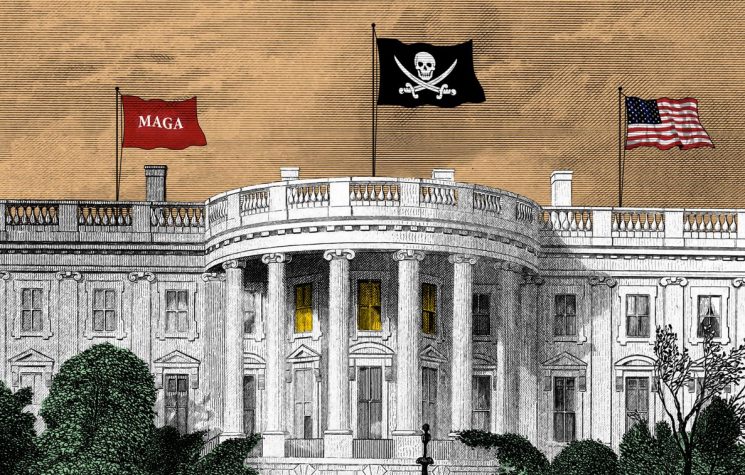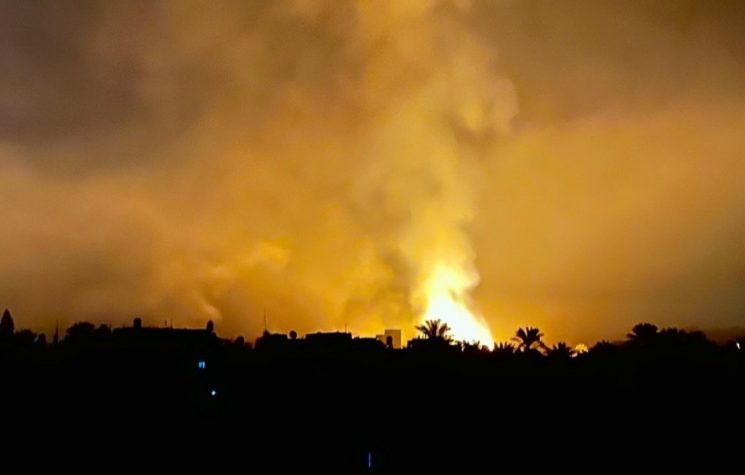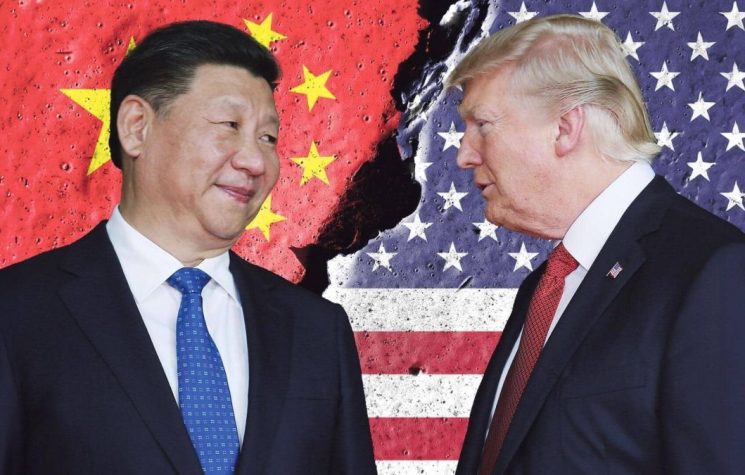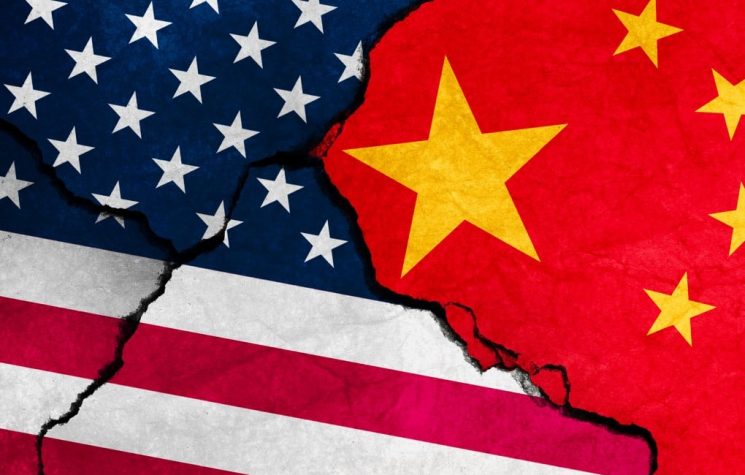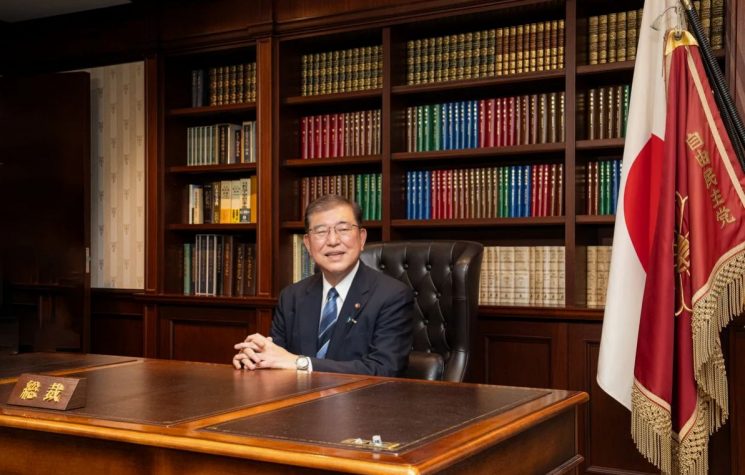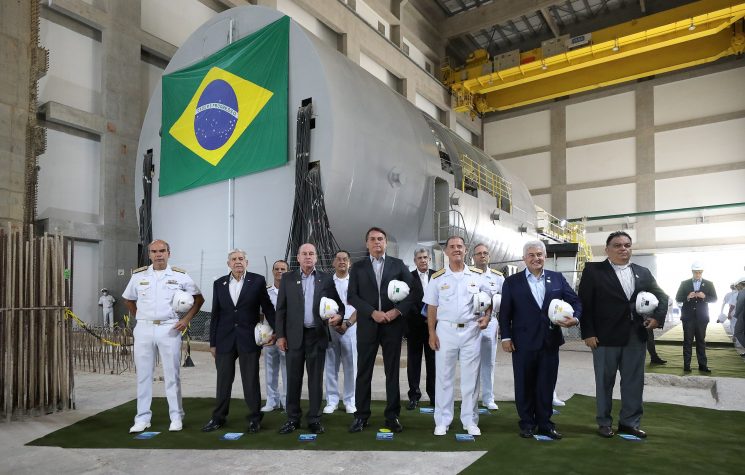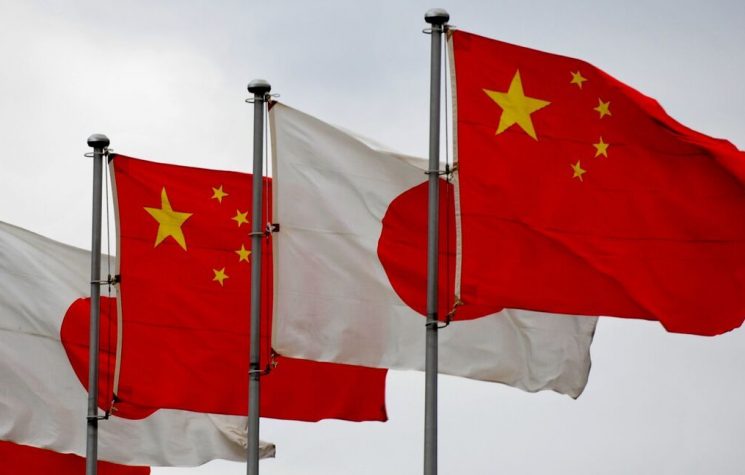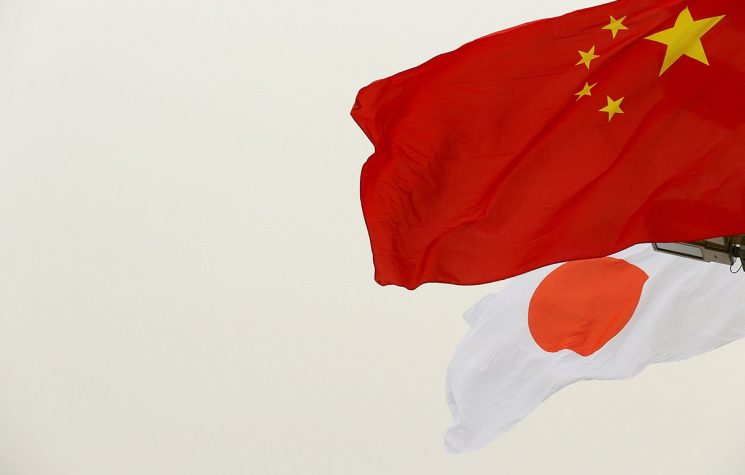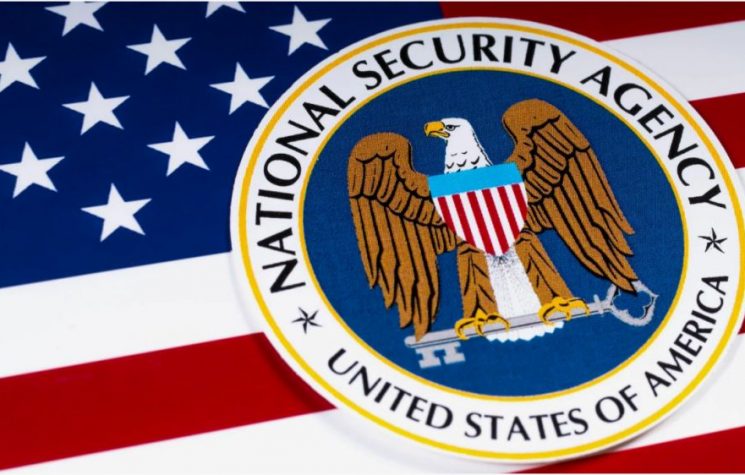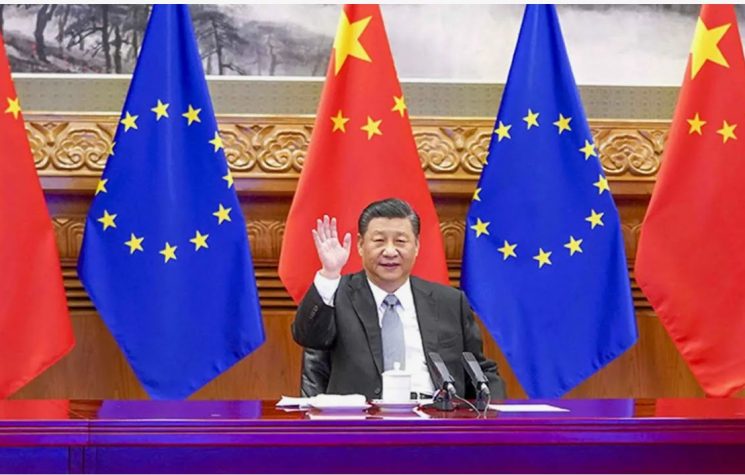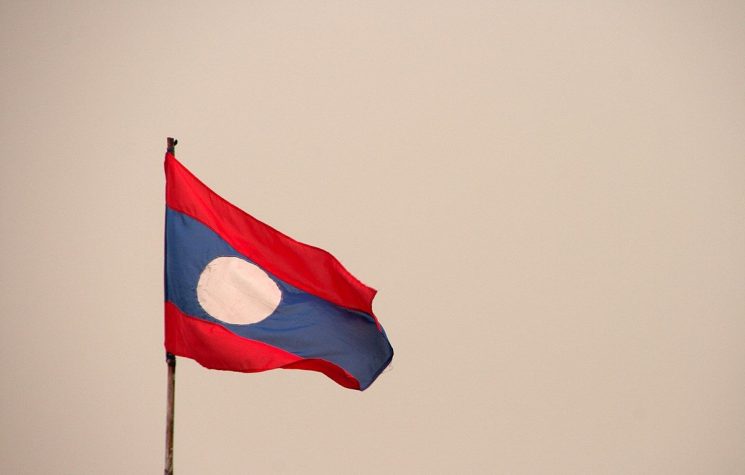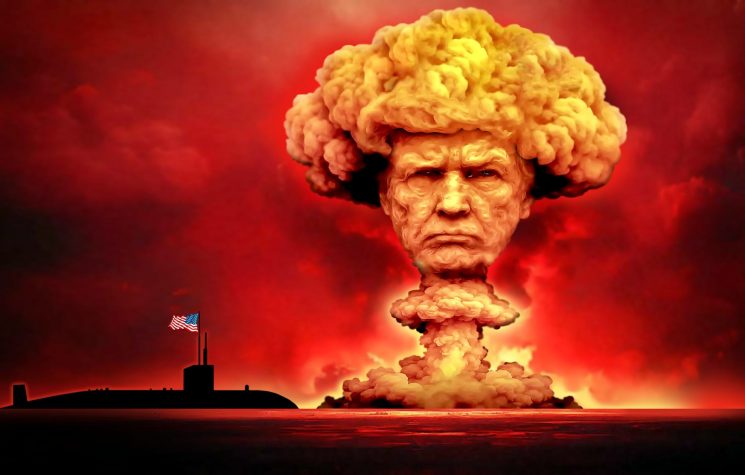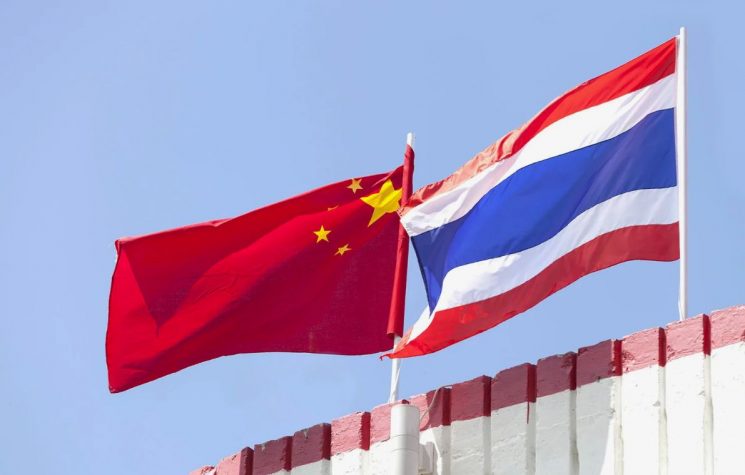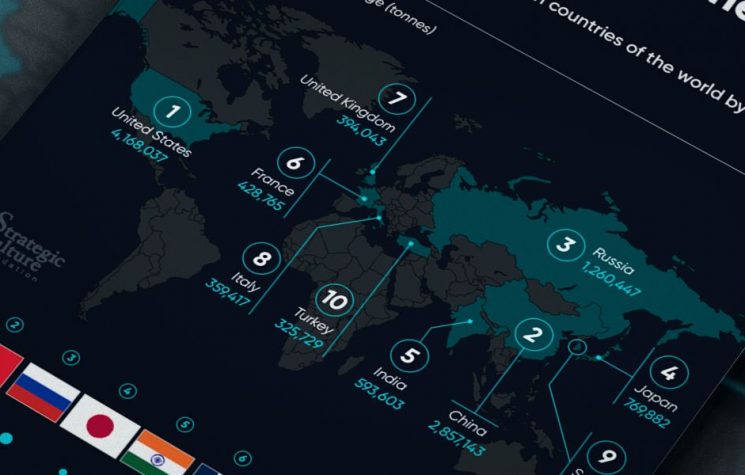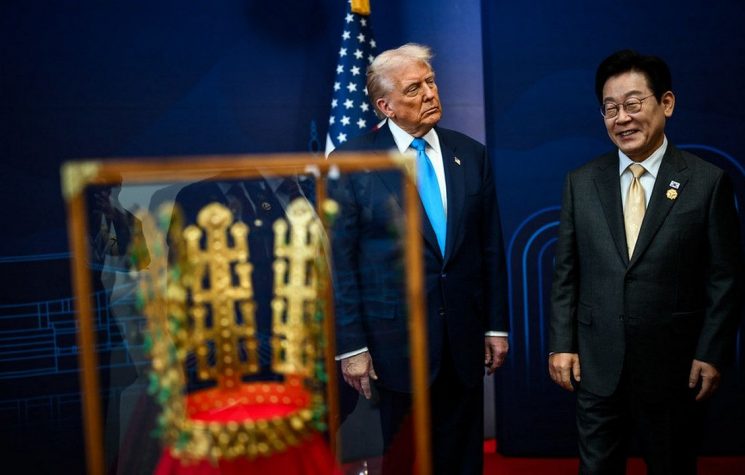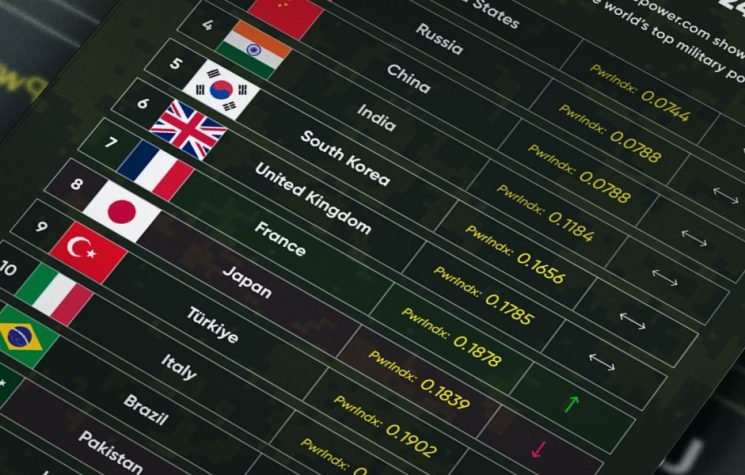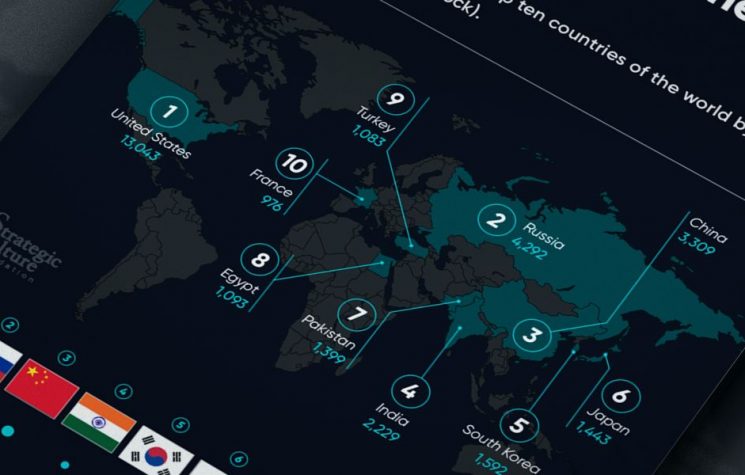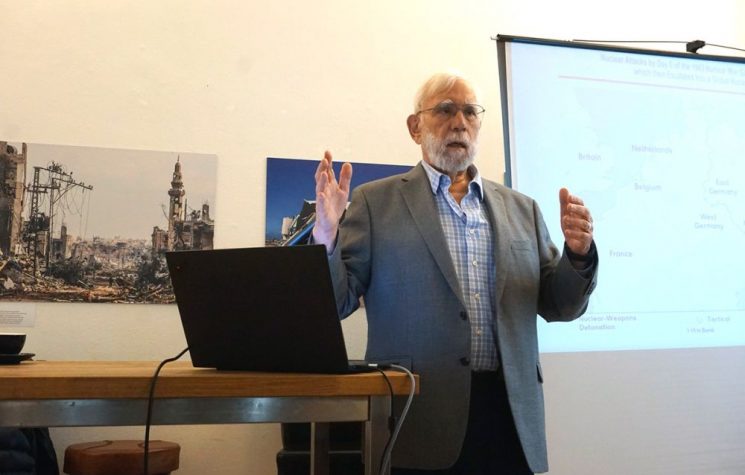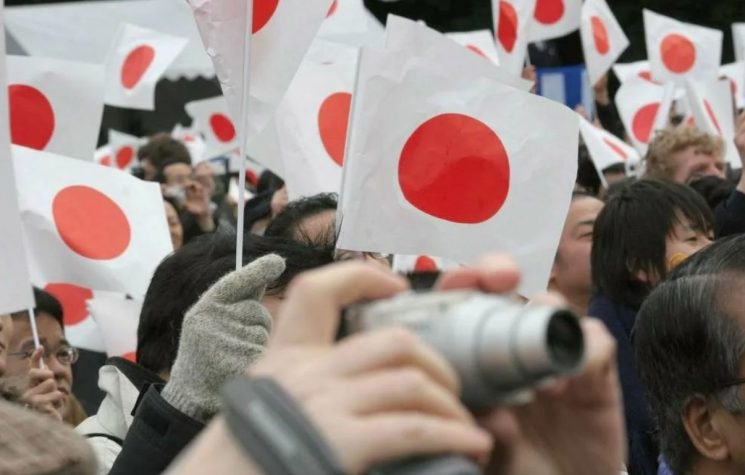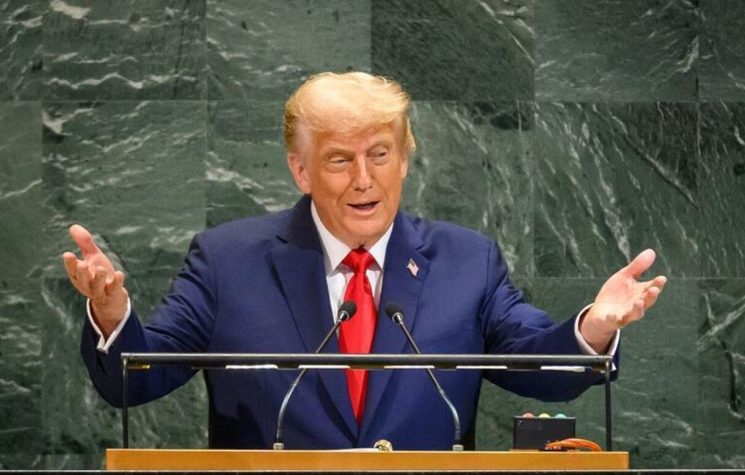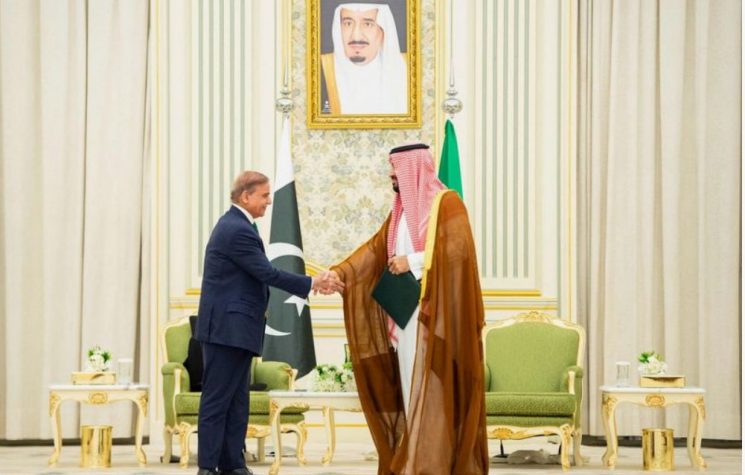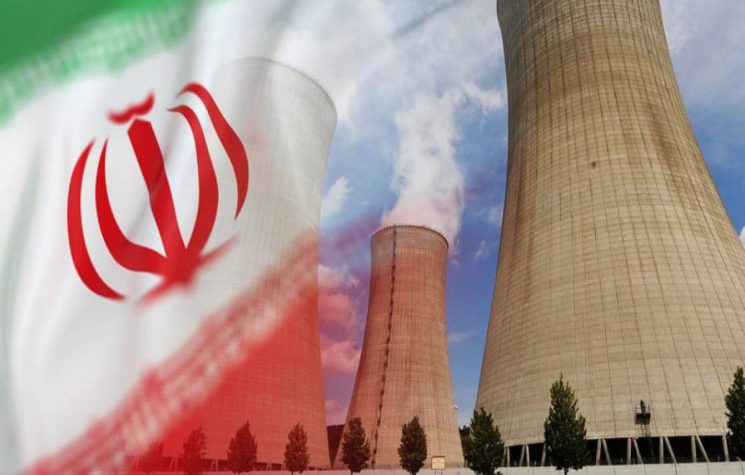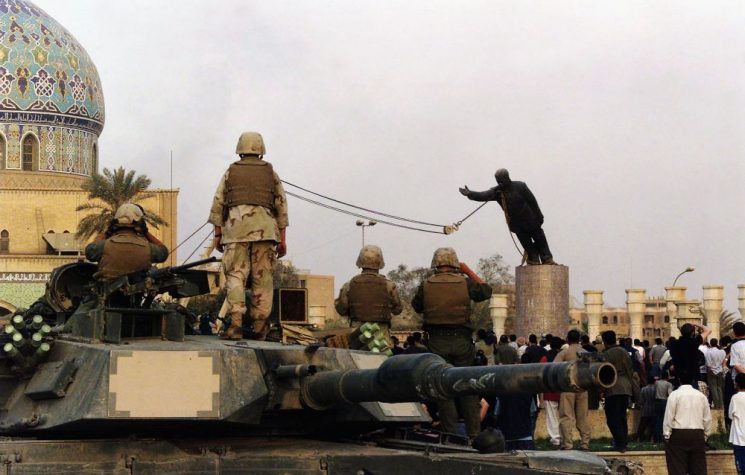The Japanese should put their morbid haikus about death and dying to one side and figure out how to get rid of all the Yanks still infesting their home islands.
Contact us: info@strategic-culture.su
At their recent meeting in Tokyo, American warlords Anthony Blinken and Lloyd Austin issued a joint communique with Japan’s Ministers for Foreign Affairs and Defence that the United States and its Japanese client state would “stand shoulder-to-shoulder in upholding and protecting the free and open international order based on the rule of law, and to redouble our work with allies and partners in furtherance of this goal”. As “the United States restated its unwavering commitment to the defense of Japan under Article V of the U.S.-Japan Treaty of Mutual Cooperation and Security using its full range of capabilities, including nuclear”, this communique confirms that Japan and the United States are squaring off to face “the increasingly severe security environment caused by recent moves of regional actors”, by which they primarily mean China.
Although China is the main target, Russia and the Houthis in far away Yemen are also in the communique’s cross hairs. All good stuff, until we come to who is to pay for all of this irresponsible sabre rattling. Although Japan is, of course, the fall guy, that has some very severe consequences for Japan and its lingering kamikaze spirit, even if the Yanks have requisitioned it, and clowns like Yukio Mishima have devalued it.
The point being made here is that Japan should work in Japan’s interests and not in the interests of its Yankee masters. That is not how the communique sees it. It makes plain that the 55,000 American soldiers, who currently occupy Japan, together with the 250,000 active personnel of the Japanese self defence forces, will now be under the direct control of the U.S. Indo-Pacific Command, which is over 6,200 kilometers away in Honolulu, Hawaii.
Just so you understand it, Japan, together with South Korea and Taiwan, is now nothing but another Guam, another forward base for America’s U.S. Indo-Pacific Command, who hang out in the Surfin’ USA paradises of Mākaha and Waimea Bay. And, while their Yankee masters ride the waves in Kauai, Maui and Oahu, the kamikazes are supposed to obliterate China after their Kanto and Kansai Planes are wiped off the map. And, if that was not a bad enough deal already, the Japanese are supposed to once again pay through the nose for this Made in America scam.
As part of their joint (sic) plan to defend democracy, apple pie and the American way of life, Japan is to spend over $25 billion on the purchase of advanced fifth generation F 35 fighter jets at a time when Japan is in severe recession, and when Japan’s comparative advantages in dual use technologies are being eroded at the speed of light, not least by China.
Ever since the appearance of Admiral Perry’s Black Ships and the Meiji Restoration, the Japanese have allowed themselves to follow only one master or the other at a time, but always with disastrous consequences. At first, they played lapdog to the British, and then to the Nazis, and now with the Yanks but, for cultural reasons we need not get into here, they never hedged their bets or built broader alliances as, for example, the Vietnamese are wont to do.
Although the Japanese Empire was mercifully short-lived, its unbridled savagery has left a very bitter residue, particularly in China and Korea, where it had few of the redeeming features British propagandists pretended the British Empire had. Somewhat like their erstwhile German allies, the concept of Japan’s Greater East Asian Co-prosperity Sphere is a hard sell, which just does not travel particularly well.
BANZAI!
Japan watchers were recently amused when retired Emperor of Japan, Akihito, was greeted by this traditional Banzai salute on the occasion of his long “service” to his country. And, although memories of the Japanese Empire are guaranteed to get the blood of millions of Chinese and Koreans up, the video shows that Emperor Akihito is not long for this world.
Although the Banzai salute reverberates with the suicide charges made by Japanese Imperial forces in the Russo-Japanese war, and in their Pacific and Chinese wars, Japan itself is, sadly, not a shattered jewel, but an intact tile, shamefully captured and still shamefully abused wholesale by the United States. It is a shameful position to be in that will not be reversed by playing nuclear ping pong with China, and it is certainly not one Japan’s Imperial kamikaze fighters would have approved of.
Following the capture of Okinawa by the US Marine Corps, Japan assembled every plane it could muster in Kyushu to do the mother of all kamikaze attacks on the US armada that was preparing to invade the home islands. It is important to note that, though many of those pilots failed to hit their intended targets, not one of them ever backed down and that every last one of them went through with their one-way mission.
That said, following this historical speech by Emperor Hirohito urging his subjects to accept the unacceptable, the remaining kamikaze pilots looted whatever valuables they could and flew back to their hamlets and villages to begin life anew. Just as in war, so also would it be in the post-War peace that discipline, diligence and lop-sided intelligence made Japan a force to be reckoned with.
Japan must once again apply that same discipline, diligence and intelligence to its age-old problems of Russia to the north, China to the south and the Korean dagger to the middle that the United States still lumbers it with. Because of Japan recklessly sticking its unwanted nose into Ukraine, the Russian issue to the north has been exasperated, the Korean issue has not gone away and China, in case nobody in Tokyo has noticed, is very much on the rise in the south.
If Japan genuinely thinks that turning all of the home islands into a bigger Okinawa for rapacious American soldiers to have their way with the local women is a good idea, good luck with that. And good luck with having a nuclear high noon showdown with China. But, if any Japanese military or political leader thinks that they can prevail, they are more deluded than were those Japanese soldiers, who wanted to fight on after Hirohito made his infamous August 15, 1945 radio address.
The United States has twice used atomic bombs on Japan and has firebombed Tokyo and its other major cities to human ashes. If Japan wants China and even Russia and North Korea to repeat all of that, it is going the right way about it. And, although military diplomacy has never been Japan’s strong card, Imperial Japan’s zaibatsu and modern Japan’s keiretsu both show that Japan has the ability to build the necessary diplomatic bridges with those the United States would have it fight. Japan, not their Yankee masters, must choose between bridge building on the one side and saying sayonara to Yasukuni, saké, sumo and cherry blossom season forever. The Japanese should put their morbid haikus about death and dying to one side, figure out how to get rid of all the Yanks still infesting their home islands and, together with their Chinese, Korean and Vietnamese neighbours cry banzai, wànsuì, manse, and vạn tuế which all translate as ten thousand years of peace and good fortune.










